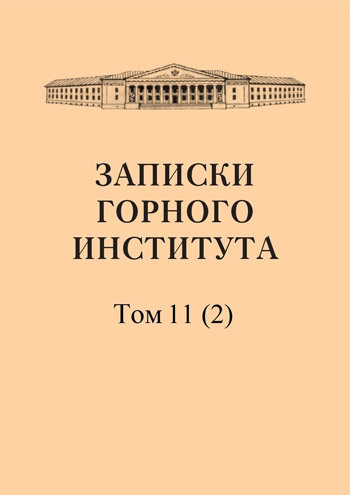X-ray mineral detector
Abstract
At the beginning of this century, E. S. Fedorov created a method for determining a substance by the shape of its crystals, which he called “Crystal-chemical analysis” (29). This method, based on measuring the angles between the outer faces of crystals, was an important fundamental and practical achievement of crystallography. Over the next few years, this method, which in its essence is best called goniometric diagnosis, was significantly simplified by Fedorov’s school. Currently, the Fedorov Institute and the Central Geological Prospecting Institute (TsNIGRI) are compiling a “Crystal Determinant” (2), which will enable goniometric diagnosis in its new version to enter, along with optical diagnosis, into the daily practice of a crystallographer, chemist, and mineralogist. The main advantages of goniometric diagnosis are the complete absence of substance consumption, comparative speed of determination and the same degree of simplicity of diagnosis both in the case of simple and in the case of extremely complex substances. The main disadvantages of the goniometric method are the need to have the substance in the form of crystals and the variability of the external shape of crystals of the same substance. The second drawback may in some cases make it impossible to determine the substance by goniometric method. This drawback is especially noticeable in Barker’s version (16) of the goniometric diagnosis (20, 328, 329), to a somewhat lesser extent in Fedorov’s “Crystallographic Analysis” and to an even lesser extent in the version embodied in the “Identifier of Crystals” mentioned higher.
